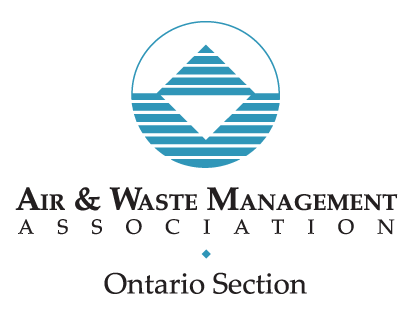Ontario Cap and Trade Update (January 2017)
/Ontario Cap and Trade Update
Gordon Reusing, GHD
Ontario’s Cap and Trade system is officially operating as of 2017. The first compliance period is from 2017 through 2020. In 2016, Ontario released the following new regulations and guidance documents that define the greenhouse gas reporting and trading system requirements at the following Ontario Environmental Registry Notice.
Regulation 144/16, Cap and Trade Program (June 2016)
Regulation 473/16, amendments to Regulation 144/16 (December 2016)
Regulation 143/16, Quantification, Reporting, Verification of Greenhouse Gas Emissions (June 2016)
Regulation 474/16, amendments to Regulation 143/16(December 2016)
Methodology for the Distribution of Ontario Emission Allowances Free of Charge (December 2016)
Guideline for Quantification, Reporting and Verification of Greenhouse Gas Emissions
There are 31 reporting categories, organized by industry sector in the greenhouse gas reporting regulation. Most of these facilities and organizations emitting over 10,000 tonnes of carbon dioxide equivalent (CO2e) are required to report their emissions. In addition, facilties emitting over 25,000 tonnes of CO2e are required to have their emissions verified by a body accredited under the ISO 14065 standard. New categories that will need to report emissions for 2016 include electricity distribution and transmission, natural gas distribution, electricity importation (all amounts must be reported and verified) and petroleum product supply (over 200 litres for reporting and verification).
All facilities emitting over 25,000 tonnes CO2e are required to participate in Cap and Trade in 2017. In addition, facilities emitting over 10,000 tonnes CO2e may become voluntary participants and opt in to Cap and Trade. Based on the system of Allowances Free of Charge allocated to facilities participating in Cap and Trade for the first compliance period, there are significant cost savings available to those facilities that decide to opt in. Most facilities are receiving 100% free allowances for 2017 with declining allowances by about 4.5% per year for 2018, 2019 and 2010. The approximate cost of an allowance will be $13 per tonne CO2e.
Companies participating in the Cap and Trade system must set up trading and compliance accounts in the Compliance Instrument Tracking System Service (CITSS), a web-based program used by North American jurisdictions that have cap and trade programs in place.
Auctions will be held 4 times per year. The first auction will be in March 2017. There will be a practice auction, to be scheduled between January 9th and 18th, 2017. To participate in auctions (including the January practice auction), you must be registered as a participant (mandatory, voluntary, or market) and have your accounts approved by the Ministry in the CITSS. Registration can be done through the CITSS webpage.
Ontario plans to introduce up to 13 greenhouse gas Offset Protocols in 2017. Quebec is participating in developing these and will jointly adopt the protocols. The protocols will allow greenhouse gas credits to be generated by eligible, verifiable greenhouse gas reduction projects. There are a series of consultation sessions for the protocols scheduled throughout 2017.


